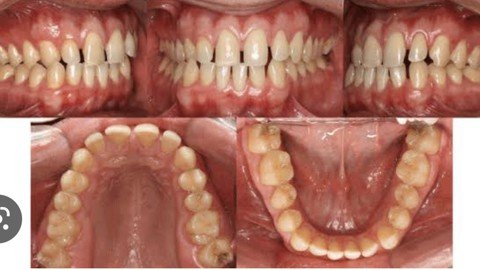V
Video789
Guest
Offline

Published 1/2023
MP4 | Video: h264, 1280x720 | Audio: AAC, 44.1 KHz
Language: English | Size: 352.01 MB | Duration: 0h 42m
Orthodontic Photography - The essentials for taking high-quality clinical photographs
What you'll learn
•Rationale for use - the scope of Clinical Photography - supporting and reinforcing treatment decisions and outcomes
• Using images to improve records, risk management professional interactions and patient education
Where do the Intra-oral camera and the iPhone fits into Clinical Photography?
• Taking control of the camera to simplify and minimize adjustments.
• Camera choices - body. lens and flash • Accessories - Retractors and mirrors • The team - who helps in taking photos? • Positioning and technique
• Improving patient compliance • Data management • Achieving quality, consistency and efficiency
Requirements
DSLR or semi professional camera
Photographic retractors
Intraoral mirror
Description
Photography has always been considered an invaluable part of dentistry. With the advent of digital technology, imaging has become easier and more readily accessible. Many practitioners, however, are still reluctant to implement photography in their practices for a variety of reasons including: (1) intimidation and lack of knowledge of photographic equipment and technique; (2) interruption in work flow; and, on rare occasion, (3) cost. Numerous articles have been published that outline equipment selection and photographic technique. Because new technology is continually emerging, equipment cost is always on the decline. And with practice and a little know-how, every practitioner can implement photography into his or her practice with minimal interruption in patient workflow.As a clinician, it is mandatory for orthodontists to learn using a camera and to master clinical photography skills for the following reasons
Overview
Section 1: Introduction
Lecture 1 Introduction - Basics of Orthodontic Photography
Section 2: Master how to take ideal extra oral & intraoral photographs
Lecture 2 Intra-Oral Photography
Lecture 3 Extra-Oral Photography
Section 3: Data Collection
Lecture 4 Preparing Power point presentation
Lecture 5 Preparing Case Presentation
Orthodontic Residents,Postgraduate students,Dentist,BDS students
Homepage
Code:
https://www.udemy.com/course/orthodontic-photography-hands_on-course/
Links are Interchangeable - No Password - Single Extraction


